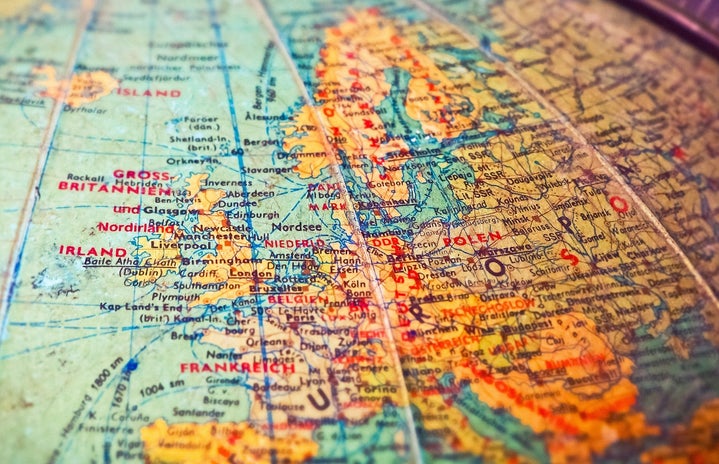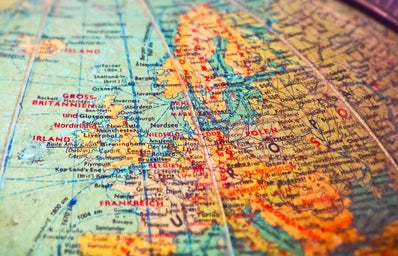The conflict has been happening for a long time, but the major trigger for a starter was the end of the Russian Revolution and the fall of the URSS. Nagorno-Karabakh is the victim of this whole situation, a territory where most of the population is Armenian, but it has a different country that controls it, Azerbaijan.
The historical context of the war
Nagorno-Karabakh is a region with a lot of history. The area carries a meaning in its name, “The dark garden” and it settled many battles throughout the historical events of humanity. The place was part of the Armenian Kingdom in ancient times, but the territorial control has changed over the years, going through Arabic and Persian domination. And lastly, in 1813, the Russian Empire.
However, the Armenian and Azerbaijani conflict started way after that, with the Russian Revolution and the fall of the czarism. Nevertheless, with Russia (URSS) in control of the political decisions, it was established that Nagorno-Karabakh would have an autonomous government, but it would be still integrated with Azerbaijan.
After the URSS collapse, the Armenians got a huge advantage in the conflict, and after 30,000 deaths the Russian government held a ceasefire in 1994. With the majority of the population being Armenian, they self-proclaimed a republic but without national recognition.
Years passed with cold conflicts, but the conflict resurfaced in 2020 when Azerbaijan took complete advantage of the war and wanted to dominate the territory, which made this battle extended until nowadays.
Present time
During 2020, the pandemic year, a new outcome happened for this warfare. With Azerbaijan’s advantage, there were 44 bloody days of conflict, leaving 6,500 deaths and an Azerbaijani victory.
On September 19th, 2022, Azerbaijan launched a military offensive to put into practice what they classified as “anti-terrorism measures”, causing 400 deaths on both sides (Armenian and Azerbaijani). Still, in 2022, Azerbaijan began a new military project, called Lachine Corridor, a 5km area. This plan would be a way to supervise the communication of the Armenian Authority to its people. The Armenian citizens who live in Nagorno-Karabakh assert that the corridor is a way to receive medicine, food, and fuel, however, the Azerbaijani Administration denies this statement and affirms that the rival nation uses it for gunrunning.
Finally, on September 28th, Samvel Shahramanian the Artsakh leader of the self-declared Republic of Nagorno-Karabakh, announced that from the 1st of 2024, all state institutions would cease to exist, meaning that the Armenian authority would be none in that region. Also, according to the leader’s words, the decision to dissolve the state was based on the “priority of ensuring the physical security and vital interests of the people.”
After so many attacks and the conceded defeat to Azerbaijan, more than 120,000 ethnic Armenians gathered what they could and fled. Azerbaijan claims that the population could stay as long as they accepted new conditions, however, the Nagorno-Karabakh representative said that “ethnic cleansing” could occur if they remained despite following the orders of the new government.
Which countries are involved?
Turkey, Russia, and Israel are some of the countries that were slightly involved in this war.
Azerbaijan has two allies: Turkey and Israel, who already had made their supportive thoughts public. The Israeli and Azerbaijani presidents met up, so Israel could show their support to the country and sell armament to them. However, Turkey has a bloody history with the Armenian people, through the story of humanity it is estimated that 800,000 to 1,000,000 Armenians have died in Turkey’s hands since 1915. Furthermore, Azerbaijan received military help from Turkey in 2020, with military drones and missiles; The president of each nation met up to show support since the Turkish leader congratulated the Azerbaijani president.
Armenia has an alliance with Russia, something that has weakened in recent times due to Armenia’s rapprochement with the USA, which did not please the Russian president, but also due to the Ukraine-Russia war. However, Russia has not stopped sending weapons or military peacekeeping forces to contain a war.
—————————-
The article above was edited by Beatriz Gatz.
Liked this type of content? Check Her Campus Cásper Líbero home page for more!


